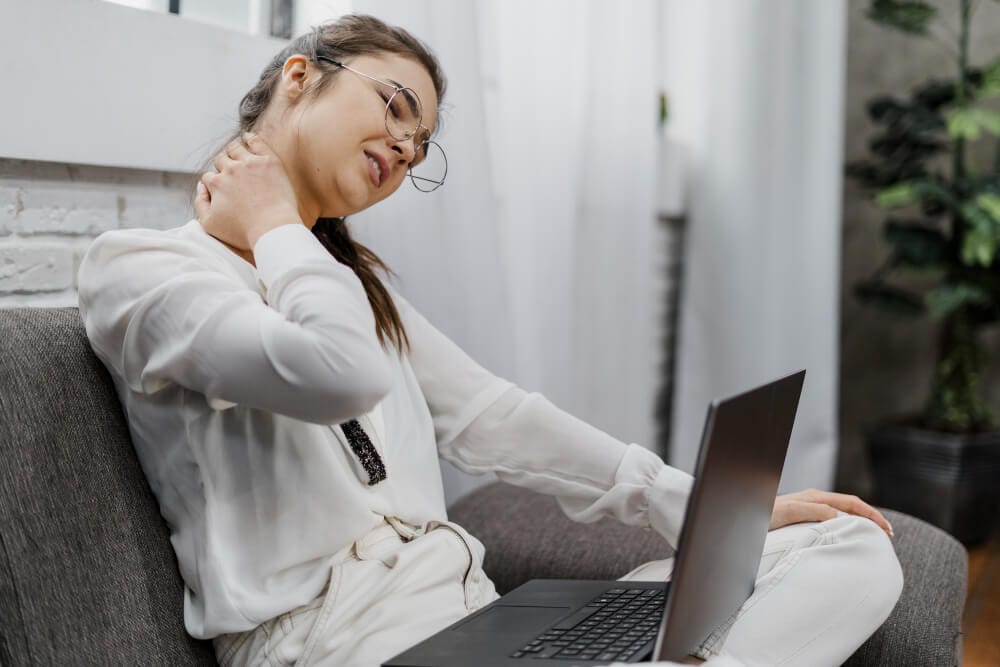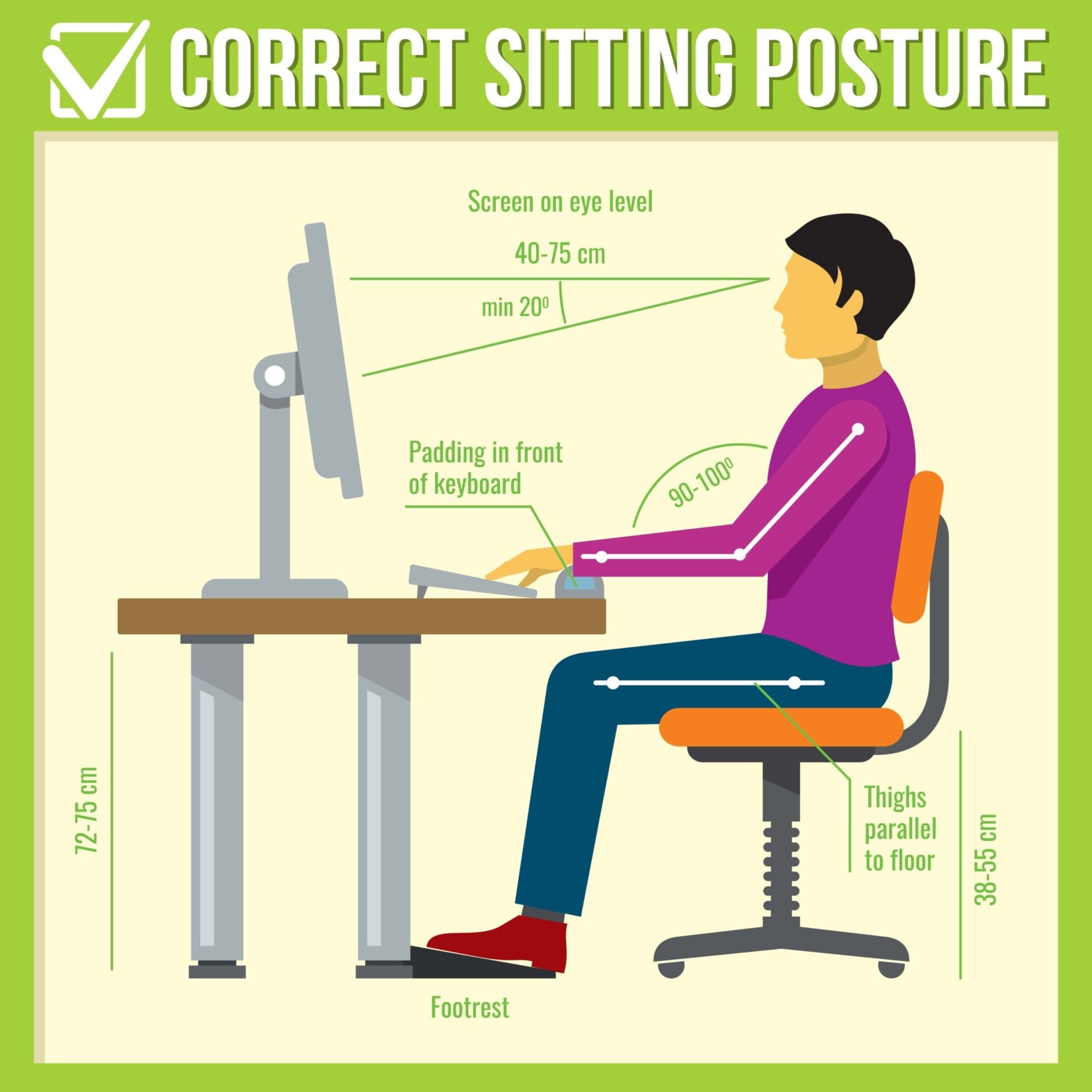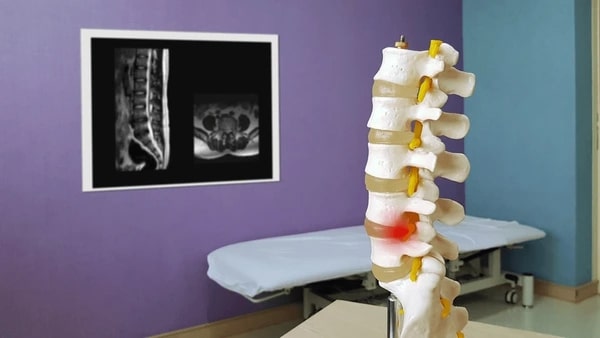Understanding Tech Neck: The Impact of Technology on Neck Pain
In the era of advanced technology, our dependence on electronic devices has increased significantly. While these gadgets have undoubtedly made our lives more convenient, they have also brought along some unintended consequences.
One such consequence that is increasingly prevalent is “Tech Neck.” In this article, we will delve into what Tech Neck is, how technology affects your neck, the symptoms associated with this condition, and practical measures to prevent and alleviate it.

What is Tech Neck?
Tech Neck refers to the strain and pain in the neck and upper shoulders caused by the prolonged use of smartphones, tablets, computers, and other electronic devices.
This condition is a result of the repeated bending of the neck forward and downward while using these devices, leading to increased stress on the cervical spine.
How Does Technology Affect Your Neck?
The advent of smartphones and computers has revolutionized the way we work, communicate, and entertain ourselves. However, the constant use of these devices often involves a forward head posture, contributing to the development of Tech Neck.
This prolonged flexion of the neck puts extra pressure on the cervical spine, leading to muscle strain, stiffness, and, in severe cases, structural damage.

Tech Neck Symptoms and Computer Neck Syndrome
Identifying the symptoms of Tech Neck is crucial for early intervention. Common symptoms include neck pain, stiffness, headaches, and shoulder pain. Over time, individuals suffering from Tech Neck may also experience tingling sensations or numbness in the arms and hands.
Computer Neck Syndrome, a subset of Tech Neck, encompasses a range of musculoskeletal issues arising from extended computer use, exacerbating the overall impact on the neck and upper back.
How to Prevent Tech Neck?
Preventing Tech Neck involves a combination of awareness, ergonomic adjustments, and lifestyle changes.
Here are some tips to minimize the risk:
- Maintain Proper Posture: Be mindful of your posture while using electronic devices. Keep your head aligned with your spine and avoid looking down for extended periods.
- Take Regular Breaks: Incorporate breaks into your screen time to stretch and move around. Simple neck stretches and exercises can help alleviate tension.
- Adjust Your Workspace: Ensure that your computer monitor is at eye level, and your chair and desk are ergonomically designed to support a neutral spine position.
- Hold Devices at Eye Level: When using smartphones or tablets, raise the device to eye level to reduce the angle of neck flexion.

Text Neck Syndrome Exercises
Engaging in specific exercises can strengthen neck muscles and improve flexibility, mitigating the impact of Tech Neck.
Incorporate exercises such as neck tilts, neck stretches, and shoulder blade squeezes into your routine to promote a healthier posture.
Neck Pain Treatment in Chennai – Consult with Dr. Vignesh
If you are experiencing persistent neck pain related to Tech Neck, seeking professional help is essential. Dr. Vignesh, a trusted Neck pain treatment doctor in Chennai, specializes in addressing musculoskeletal issues and providing comprehensive solutions for neck pain.
With expertise in both preventive measures and advanced treatments, Dr. Vignesh can guide you towards a path of relief and improved neck health.
In conclusion:
While technology has undoubtedly enhanced our lives, it is crucial to be aware of its potential adverse effects on our physical well-being.
By adopting preventive measures, ergonomic adjustments, and seeking professional guidance when needed, we can minimize the impact of Tech Neck and ensure a healthier, pain-free neck.






0 Comments